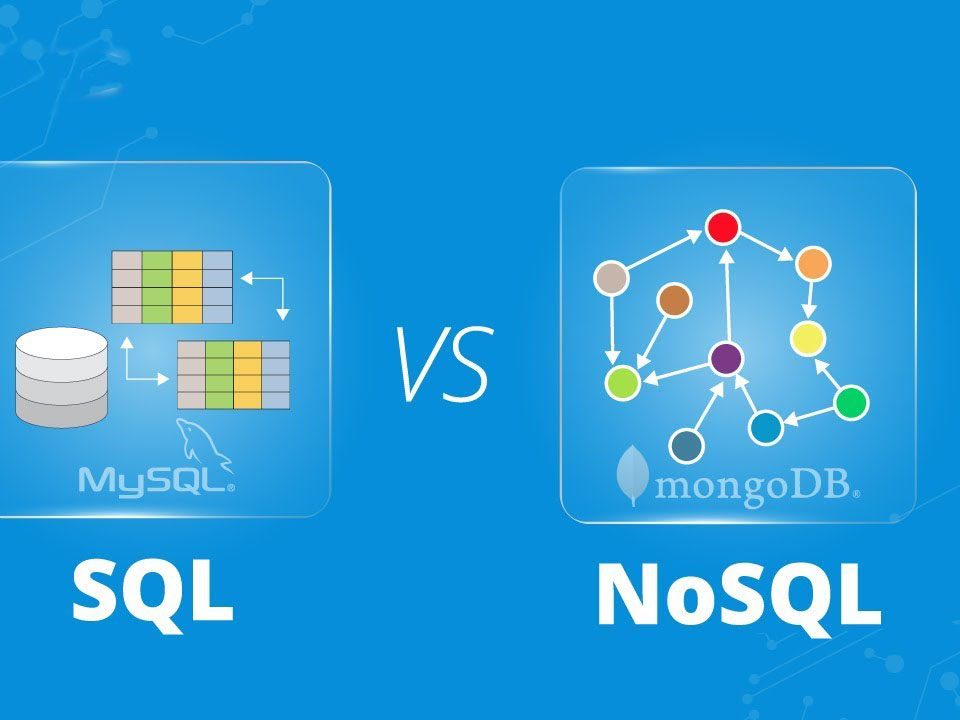Database Mirroring

Quantum Computing
13th July 2020
What is SEO and why it is important?
16th July 2020IT Training Company
Database mirroring is a solution for increasing the availability of a SQL Server database. Mirroring is implemented on a per-database basis and works only with databases that use the full recovery model.
Benefits of Database Mirroring
Database mirroring is a simple strategy that offers the following benefits:
- Increases availability of a database.In the event of a disaster, in high-safety mode with automatic failover, failover quickly brings the standby copy of the database online (without data loss). In the other operating modes, the database administrator has the alternative of forcing service (with possible data loss) to the standby copy of the database. For more information, see Role Switching, later in this topic.
- Increases data protection.Database mirroring provides complete or almost complete redundancy of the data, depending on whether the operating mode is high-safety or high-performance. For more information, see Operating Modes, later in this topic.A database mirroring partner running on SQL Server 2008 Enterprise or later versions automatically tries to resolve certain types of errors that prevent reading a data page. The partner that is unable to read a page requests a fresh copy from the other partner. If this request succeeds, the unreadable page is replaced by the copy, which usually resolves the error. For more information, see Automatic Page Repair (Availability Groups: Database Mirroring).
- Improves the availability of the production database during upgrades.To minimize downtime for a mirrored database, you can sequentially upgrade the instances of SQL Server that are hosting the failover partners. This will incur the downtime of only a single failover. This form of upgrade is known as a rolling upgrade. For more information, see Upgrading Mirrored Instances.
Database Mirroring Terms and Definitions
automatic failover
The process by which, when the principal server becomes unavailable, the mirror server to take over the role of principal server and brings its copy of the database online as the principal database.
failover partners
The two server instances (the principal server or the mirror server) that act as role-switching partners for a mirrored database.
forced service
A failover initiated by the database owner upon the failure of the principal server that transfers service to the mirror database while it is in an unknown state.
High-performance mode
The database mirroring session operates asynchronously and uses only the principal server and mirror server. The only form of role switching is forced service (with possible data loss).
High-safety mode
The database mirroring session operates synchronously and, optionally, uses a witness, as well as the principal server and mirror server.
manual failover
A failover initiated by the database owner, while the principal server is still running, that transfers service from the principal database to the mirror database while they are in a synchronized state.
mirror database
The copy of the database that is typically fully synchronized with the principal database.
mirror server
In a database mirroring configuration, the server instance on which the mirror database resides.
principal database
In database mirroring, a read-write database whose transaction log records are applied to a read-only copy of the database (a mirror database).
principal server
In database mirroring, the partner whose database is currently the principal database.
redo queue
Received transaction log records that are waiting on the disk of a mirror server.
role
The principal server and mirror server perform complementary principal and mirror roles. Optionally, the role of witness is performed by a third server instance.
role switching
The taking over of the principal role by the mirror.
send queue
Unsent transaction log records that have accumulated on the log disk of the principal server.
session
The relationship that occurs during database mirroring among the principal server, mirror server, and witness server (if present).
After a mirroring session starts or resumes, the process by which log records of the principal database that have accumulated on the principal server are sent to the mirror server, which writes these log records to disk as quickly as possible to catch up with the principal server.
Transaction safety
A mirroring-specific database property that determines whether a database mirroring session operates synchronously or asynchronously. There are two safety levels: FULL and OFF.
Witness
For use only with high-safety mode, an optional instance of SQL Server that enables the mirror server to recognize when to initiate an automatic failover. Unlike the two failover partners, the witness does not serve the database. Supporting automatic failover is the only role of the witness.
Overview of Database Mirroring
Database mirroring maintains two copies of a single database that must reside on different server instances of SQL Server Database Engine. Typically, these server instances reside on computers in different locations. Starting database mirroring on a database, initiates a relationship, known as a database mirroring session, between these server instances.
One server instance serves the database to clients (the principal server). The other instance acts as a hot or warm standby server (the mirror server), depending on the configuration and state of the mirroring session. When a database mirroring session is synchronized, database mirroring provides a hot standby server that supports rapid failover without a loss of data from committed transactions. When the session is not synchronized, the mirror server is typically available as a warm standby server (with possible data loss).
The principal and mirror servers communicate and cooperate as partners in a database mirroring session. The two partners perform complementary roles in the session: the principal role and the mirror role. At any given time, one partner performs the principal role, and the other partner performs the mirror role. Each partner is described as owning its current role. The partner that owns the principal role is known as the principal server, and its copy of the database is the current principal database. The partner that owns the mirror role is known as the mirror server, and its copy of the database is the current mirror database. When database mirroring is deployed in a production environment, the principal database is the production database.
Database mirroring involves redoing every insert, update, and delete operation that occurs on the principal database onto the mirror database as quickly as possible. Redoing is accomplished by sending a stream of active transaction log records to the mirror server, which applies log records to the mirror database, in sequence, as quickly as possible. Unlike replication, which works at the logical level, database mirroring works at the level of the physical log record. Beginning in SQL Server 2008, the principal server compresses the stream of transaction log records before sending it to the mirror server. This log compression occurs in all mirroring sessions.





